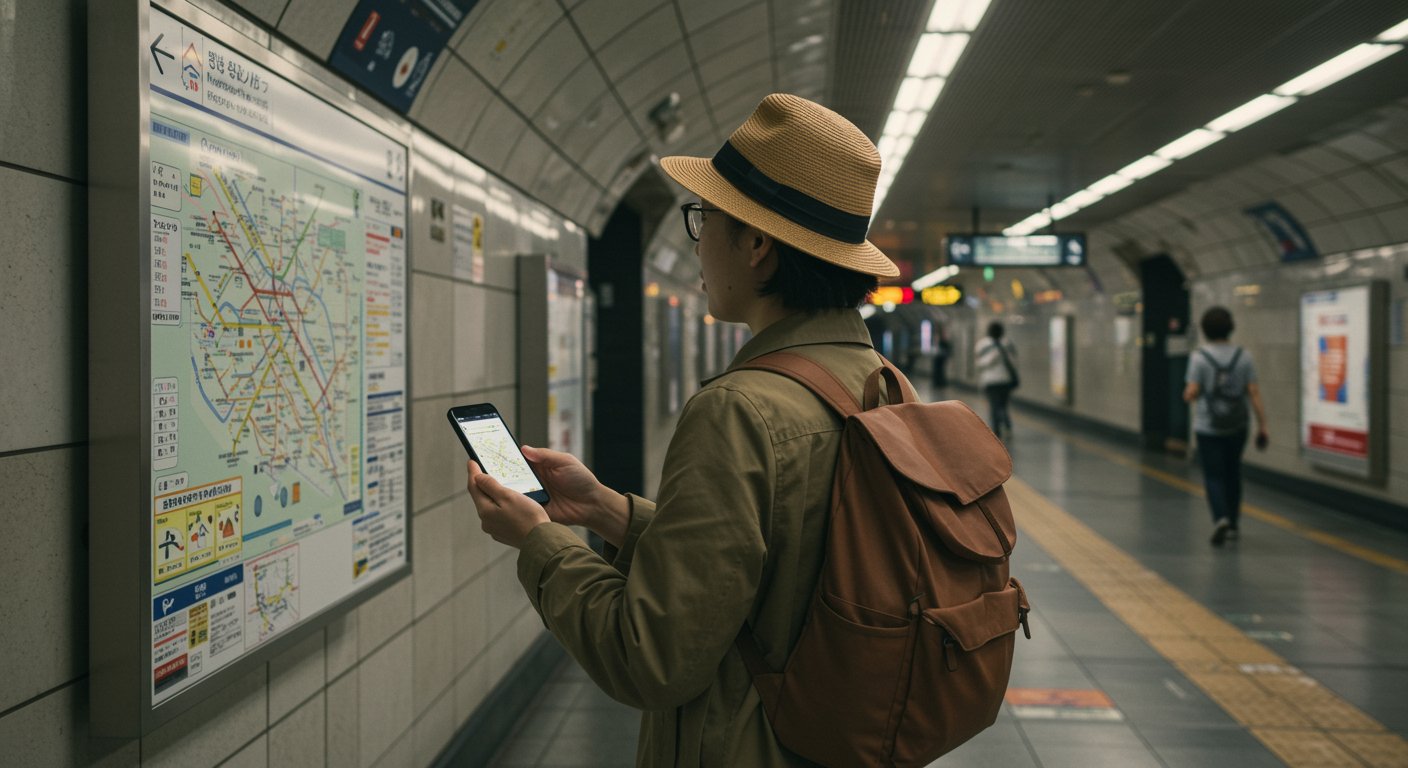For the modern global traveler, mastering a city’s public transit system is the ultimate hack. It is the key to unlocking authentic local experiences, saving substantial money, and moving efficiently, free from the constraints of traffic and expensive taxis. Navigating public transit globally might seem daunting—with different languages, payment systems, and network maps—but with a few universal strategies and the right digital tools, the process can be made surprisingly simple. The ability to seamlessly jump onto a subway, tram, or bus transforms the traveler from a dependent tourist into an independent explorer.
The fundamental benefit of utilizing public transit is efficiency. Systems like the London Tube, the Tokyo Metro, or the Paris Métro were designed to move massive amounts of people quickly across large distances, making them far more reliable than road-based transportation, especially during peak hours. Furthermore, choosing local transit is a direct, tangible way to reduce your carbon footprint while traveling. By adopting a system-agnostic approach, any traveler can quickly decipher the logic of a new network, enabling faster, cheaper, and greener exploration.
Universal Strategies for Public Transit Mastery
Despite their regional differences, most urban transit systems share fundamental operational principles. Mastering these universal strategies is the first step in navigating public transit globally with ease.
1. Payment Method Triage
Before setting foot on a platform, identify the optimal payment method. In nearly every major city, paper tickets are the most expensive and least convenient option. Instead, look for:
- Contactless Payments: Many cities (e.g., London, Singapore) now allow direct tap-and-go payment using a standard credit card or mobile wallet (Apple Pay/Google Pay). This is the fastest and simplest method, eliminating the need to buy any pass.
- Day/Week Passes: For intensive sightseeing, purchasing a one-day, multi-day, or weekly pass is often the most cost-effective option, offering unlimited rides within a defined zone.
- Dedicated Local Cards: Cities like Seoul (Tmoney) or New York (MetroCard) require a dedicated reloadable card. Buy one immediately upon arrival; they usually offer a discount per ride.
2. Mastering the Map and Signage
In a new city, the transit map can seem like a daunting web of lines. Focus on three critical pieces of information to simplify navigating public transit globally:
- The Line Color/Number: Every line has a distinct color and/or number. Focus on the line you need, not the name.
- The Direction/Last Stop: Platforms are designated by the name of the last station on that line in that direction. You only need to know the end station’s name to ensure you are on the right track.
- Transfer Points: Look for stations indicated with a connection symbol (usually a circle or diamond) to plan seamless transfers between lines.
The Essential Digital Toolkit
While paper maps are useful, digital tools are indispensable for real-time, accurate transit navigation, ensuring your experience in navigating public transit globally is stress-free.
- Google Maps/Apple Maps: These universal apps are excellent for point-to-point routing, offering real-time schedules, estimated travel times, and often real-time service disruptions. They are the essential baseline tool for most systems.
- Dedicated Local Apps: For massive, complex systems (like Tokyo or Berlin), the local transit authority often publishes a superior dedicated app. These apps often provide more precise real-time arrival information and system alerts than global alternatives.
- Offline Maps: Before leaving your accommodation’s Wi-Fi, download the necessary area for offline use. This is crucial for navigating deep underground in subways where cell service often fails.
Etiquette and Mindfulness on the Rails
Beyond the technical skills, successful navigating public transit globally requires adopting local etiquette to ensure a smooth, respectful journey.
- The Flow of Traffic: In many countries (especially Japan and the UK), there is a strict custom to stand on one side of the escalator and walk on the other. Observe and follow this rule.
- Seating Priority: Always offer your seat to the elderly, pregnant individuals, or those with mobility issues. This is a universal sign of respect.
- Silence and Volume: On some systems (like in Japan or Germany), a subdued tone is expected, with talking on the phone often frowned upon. In others (like parts of South America), a more lively atmosphere is the norm. Listen to the ambient sound level and adjust your volume accordingly.
- Exiting and Entering: Let passengers exit the train or bus completely before attempting to board. Never stand directly in the doorway, and always step into the car to make space for others.
By prioritizing these strategies, the traveler can quickly and confidently master any urban transit network, saving money and gaining a valuable insight into the rhythm of the city.


